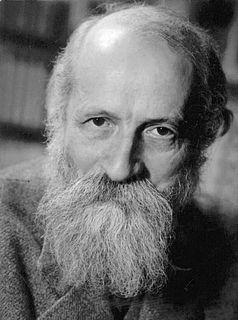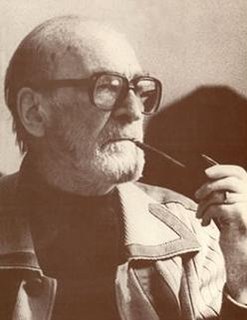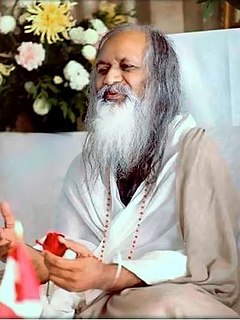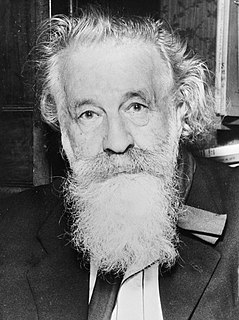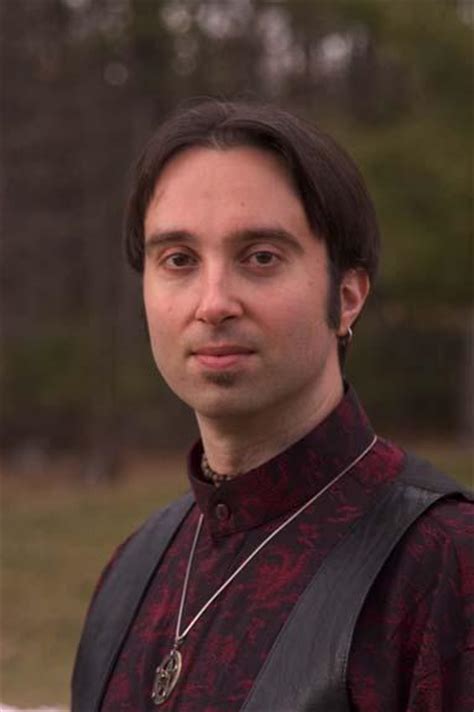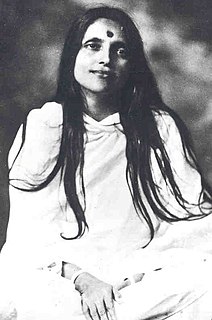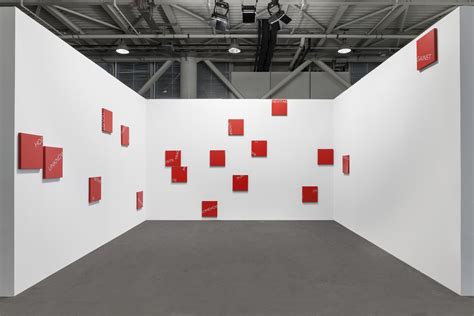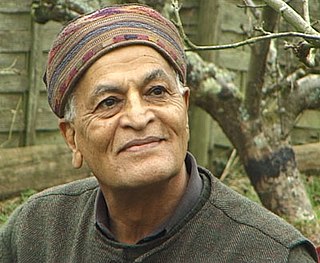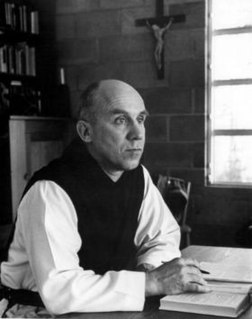A Quote by Brian Bates
We can see from the experience of Odin that the image of the tree was the template within which all of the sacred world could be apprehended. The tree was the framework within which one "flew" to these Otherworlds. And since the exploration of sacred space was also a quest into the nature of human consciousness, the tree was regarded as an image of the ways in which we, humans, are constructed psychically. It was a natural model for our deepest wisdom, our highest aspirations.
Related Quotes
Among archetypal images, the Sacred Tree is one of the most widely know symbols on Earth. There are few cultures in which the Sacred Tree does not figure: as an image of the cosmos, as a dwelling place of gods or spirits, as a medium of prophecy and knowledge, and as an agent of metamorphoses when the tree is transformed into human or divine form or when it bears a divine or human image as its fruit or flowers.
We never see a tree except through the image that we have of it, the concept of that tree; but the concept, the knowledge, the experience, is entirely different from the actual tree. Look at a tree and you will find how extraordinarily difficult it is to see it completely, so that no image, no screen, comes between the seeing and the actual fact. By completely I mean with the totality of your mind and heart, not a fragment of it.
But it can also happen, if will and grace are joined, that as I contemplate the tree I am drawn into a relation, and the tree ceases to be an It. . . . Does the tree then have consciousness, similar to our own? I have no experience of that. But thinking that you have brought this off in your own case, must you again divide the indivisible? What I encounter is neither the soul of a tree nor a dryad, but the tree itself.
It's common to say that trees come from seeds. But how can a tiny seed create a huge tree? Seeds do not contain the resources need to grow a tree. These must come from the medium or environment within which the tree grows. But the seed does provide something that is crucial : a place where the whole of the tree starts to form. As resources such as water and nutrients are drawn in, the seed organizes the process that generates growth. In a sense, the seed is a gateway through which the future possibility of the living tree emerges.
Do you know that even when you look at a tree and say, `That is an oak tree', or `that is a banyan tree', the naming of the tree, which is botanical knowledge, has so conditioned your mind that the word comes between you and actually seeing the tree? To come in contact with the tree you have to put your hand on it and the word will not help you to touch it.
It was about finding the sacred within myself, my center, my peaceful core. We each have a sacred space within us, a part of us. This sacred space is a temple, a temple to our inner power, our intuition, and our connection with the divine. Discovery of psychic powers, spells, and meditation are all things that lead us to the temple. They help us find the road within and walk our path to the inner temple.
Enquire: 'Who am I?' and you will find the answer. Look at a tree: from one seed arises a huge tree; from it comes numerous seeds, each one of which in its turn grows into a tree. No two fruits are alike. Yet it is one life that throbs in every particle of the tree. So, it is the same Atman everywhere.
This tree is indeed a Tree of Life, for without the higher and finer sentiments man does not life; he merely exists. If any branch of that tree does not bear fruit, the Master tells us that it shall be cut off and cast into the fire. It is the duty of all living things to produce some truly constructive labor as recognition of the divine life which is within them. God is most glorified when His children glorify His spirit within themselves.
Sometimes I come across a tree which seems like Buddha or Jesus: loving, compassionate, still, unambitious, enlightened, in eternal meditation, giving pleasure to a pilgrim, shade to a cow, berries to a bird, beauty to its surroundings, health to its neighbors, branches for the fire, leaves for the soil, asking nothing in return, in total harmony with the wind and the rain. How much can I learn from a tree? The tree is my church, the tree is my temple, the tree is my mantra, the tree is my poem and my prayer.




